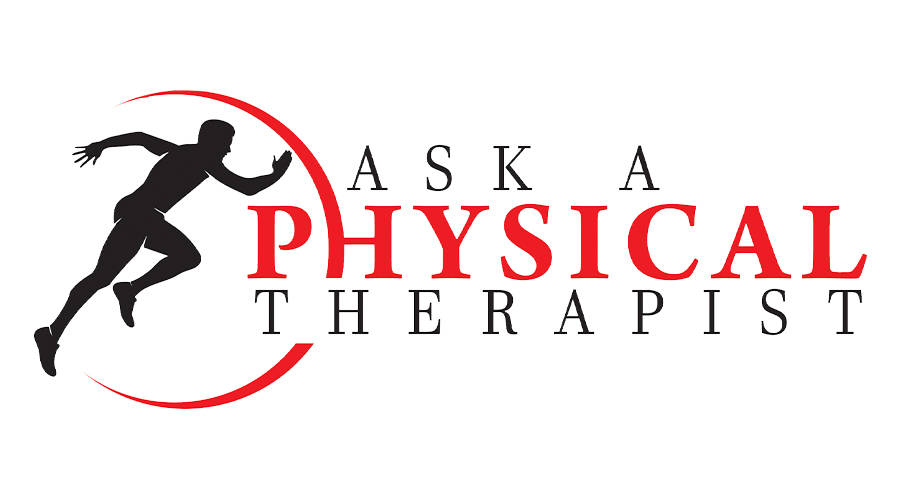ASK A PHYSICAL THERAPIST
- 20 Apr - 26 Apr, 2024

Q: My 11-year-old son has congenital myopathy, and I would appreciate guidance regarding physiotherapy for his condition.
A: Congenital myopathies encompass a broad category of rare disorders that manifest at birth. This term specifically refers to a diverse set of inherited, primary muscle disorders leading to significant motor delays, coordination difficulties, and facial weakness. Orthopedic considerations include issues like foot deformities, joint contractures, hip dysplasia, and scoliosis. Hypotonia and weakness may be evident at birth or during the neonatal period, with some cases showing delayed motor development in childhood. Severity and onset of symptoms vary; they may be present at birth or progressively emerge throughout infancy and childhood.
The primary approach for most cases of congenital myopathy involves physical and occupational therapy as the first line of treatment. Physical therapy aims to maintain daily activities and sustained functional ability, fostering independence in daily tasks with minimal or no assistance. Each patient visit focuses on addressing the chief complaints, conducting comprehensive assessments of muscle function, contractures, and the ability to perform daily activities. Long-term management goals are established based on these evaluations.
Contractures and foot deformities are managed through stretching and bracing. Initially, physical therapy exercises concentrate on enhancing joint flexibility and strengthening core muscles. Treatment for muscle weakness involves stretching, bracing, and supportive care. However, bracing may be contraindicated in some cases, as immobility can exacerbate muscle weakness. Assistive devices become valuable when weakness significantly impairs daily activities.
Patients with congenital myopathy are evaluated for scoliosis, as it can further strain the weakened respiratory system. Strengthening respiratory muscles is crucial to maintaining normal breathing. Exercises also focus on improving balance and fine motor skills, emphasizing the use of hands and fingers. Overall, the management of congenital myopathy encompasses a comprehensive and individualized approach tailored to the patient's unique needs.

Q: Doctor, my mother experienced a stroke, and as a result, she is now dealing with a mild shoulder subluxation. Could you please provide guidance on this condition?
A: Shoulder subluxation, also known as Glenohumeral subluxation (GHS), is a prevalent complication occurring in up to 80% of individuals who have experienced a stroke. In the initial post-stroke period, the hemiplegic arm is often flaccid or hypotonic, making it challenging for the shoulder muscles to properly secure the humeral head within the glenoid cavity. This situation significantly increases the risk of shoulder subluxation. Adequate support is crucial during this phase, as the arm's weight alone can contribute to subluxation. Additionally, incorrect sleeping postures, lack of support in vertical positions, and tension on the hemiplegic arm during patient movement can also lead to Glenohumeral subluxation.
It is imperative to educate caregivers, health professionals, and relatives about the proper handling of the affected arm. Stroke patients whose arms are unsupported or handled improperly, such as through pulling, face a higher risk of traction neuropathy and injury. Therefore, caregivers of stroke survivors are trained to handle the hemiplegic arm, particularly in the presence of shoulder subluxation. Temporary relief from subluxation can be achieved through the use of shoulder support or orthosis.
Various aids, including lap trays, pillows, and foam support, are beneficial in maintaining the correct position of the arm and shoulder. Proper positioning helps reduce ligament strain and prevents the development of frozen shoulder. While the use of slings has been considered a contraindication due to potential drawbacks, shoulder strapping is found to be helpful in the early stages after a stroke. Different techniques, including electrical stimulation through transcutaneous electrical nerve stimulation (TENS), may be employed for pain relief.
In the early rehabilitation phase, passive range of motion exercises have proven effective in preventing shoulder subluxation among stroke patients. These exercises encompass flexion-extension, abduction-adduction, and external-internal rotation of the shoulder joint. Weight-bearing exercises on the affected upper extremity have also demonstrated benefits. Therapists play a crucial role in instructing patients on proper stretches and exercises during this phase of rehabilitation.
COMMENTS